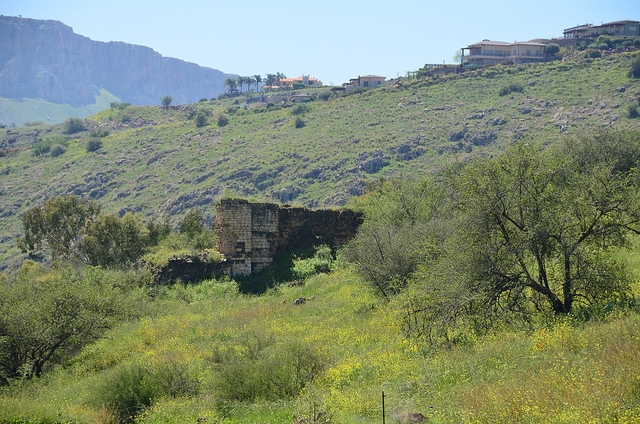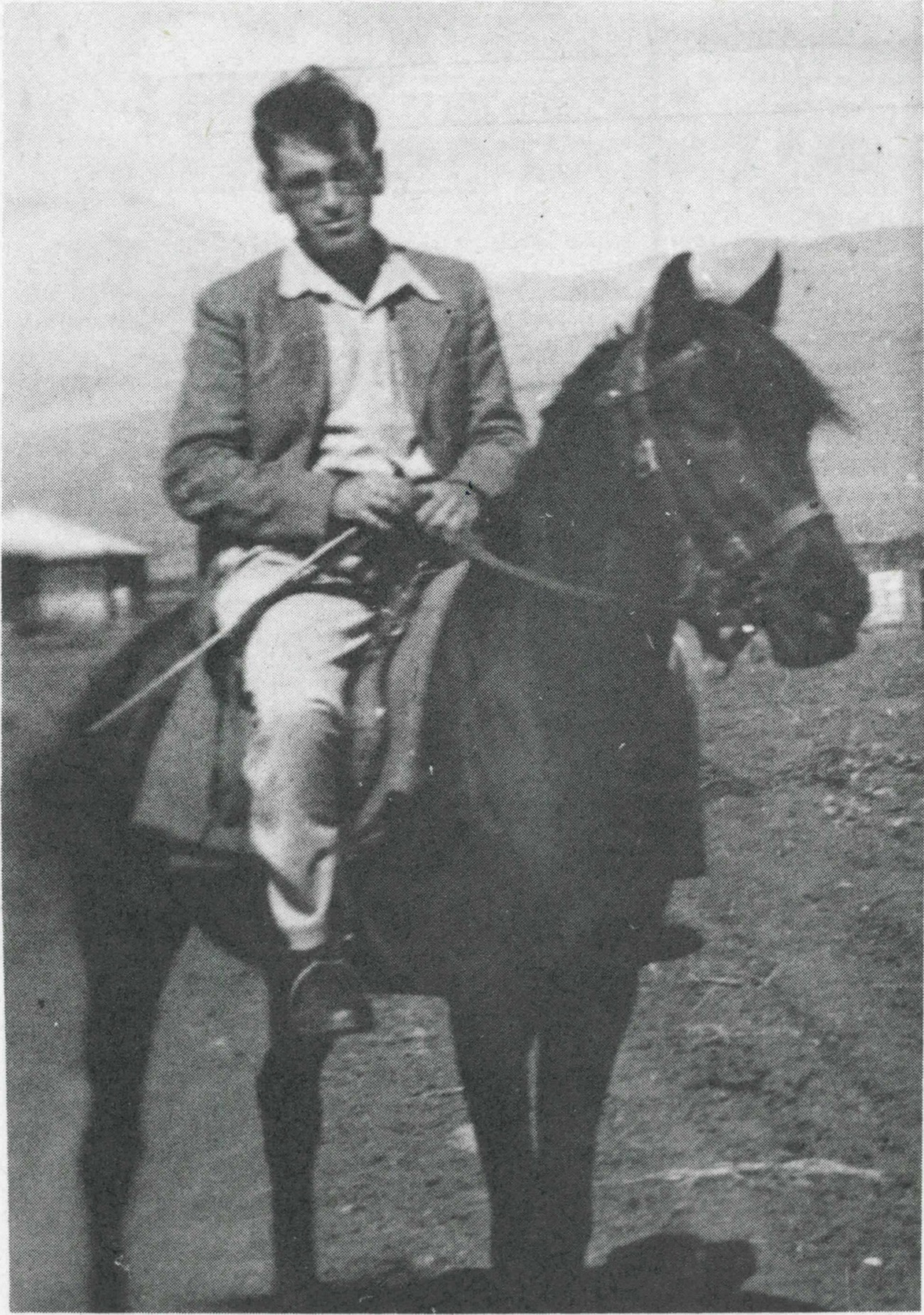Info
District: Tiberias
Population 1948: 1440
Occupation date: 24/04/1948
Occupying unit: palmah
Jewish settlements on village/town land before 1948: Ginosar
Jewish settlements on village/town land after 1948: Livnim
Background:
Ghuwayr Abu Shusha before 1948
Ghuwayr Abu Shusha was located 8km from the city Tiberias, on a small, slightly elevated hill overlooking lake Tiberias. The village was 2km from the lake shore and was linked to the Tiberias-Safad highway by a secondary road, with other roads linking it to other nearby villages.
In 1838, the American biblical scholar, Edward Robinson, passed by the village, he saw only the remains of a few stone houses and a shrine. However, much of the land below was used by the al-Ghawarina Bedouins and the Bedouin tribe of al-Samakiyya used some of the buildings in Ghuwayr Abu Shusha as storage space.
Springs provided the residents with drinking water. In 1944-45, the village consisted of 1,397 inhabitants, 1,240 of which were Muslim and the remaining 157 Jewish. They had a shrine dedicated to Shaykh Muhammad and depended on agriculture for their livelihood. The villagers grew vegetables and grain and 21 dunums were allocated for citrus and bananas with 1,848 dunums dedicated to cereals. Further 1,377 dunums were used for orchards or were irrigated.
Occupation and depopulation
On the 3rd of Janaury 1948, Ghuwayr Abu Shusha was attacked by forty Israeli militiamen. The attack resulted in the death of an unidentified woman, the son of the mukhtar, and three Israeli soldiers. According to the Israeli historian, Benny Morris, “panic” lead to the exodus of the city in the wake of the occupation of the city Tiberias three months later. The exodus came in two waves on the 21st and the 28th of April, however no mention of a military attack on the village is mentioned.
A generation later, some former villagers were interviewed. They recalled a military attack on the village, and that they were not alarmed by the occupation of the city Tiberias. They were, on the other hand, prepared to fight for their village but had no arms to do so and thus decided to evacuate women, children and elderly to the village of al-Rama. Forty-eight men were left behind in Ghuwayr Abu Shusha, sharing 35-40 rifles. On the 24h of April at dawn, the village was caught in a surprise attack by the Palmach.
According to Morris, the village lands were acquired by the Israeli state and leased to the nearby Jewish settlements of Migdal, 1km to the south, and Kibbutz Ginnosar, 2km to the east in 1949. The leases were only for one year.
Israeli Settlements on village lands
In 1937, the establishment of Ginnosar was created by Zionists to the east of the village, on what traditionally had been village land. In 1982, the settlement of Livnim was established on the village land about 1km northwest of the village site.
The village today
Today, the only signs of the village are the remains of a mill among stones, and the shrine of Shaykh Muhammad. Otherwise, the site is covered with wild vegetation and thorns, including Chris’s-thorn trees, cacti and a few olive trees. The highlands are used as grazing areas by the Israelis and the lower-lying lands are used for banana and citrus plantations.
-----------------------------
Source: al-Khalidi, Walid (ed.). All that remains: the Palestinian villages occupied and depopulated by Israel in 1948. Washington DC: 1992.



